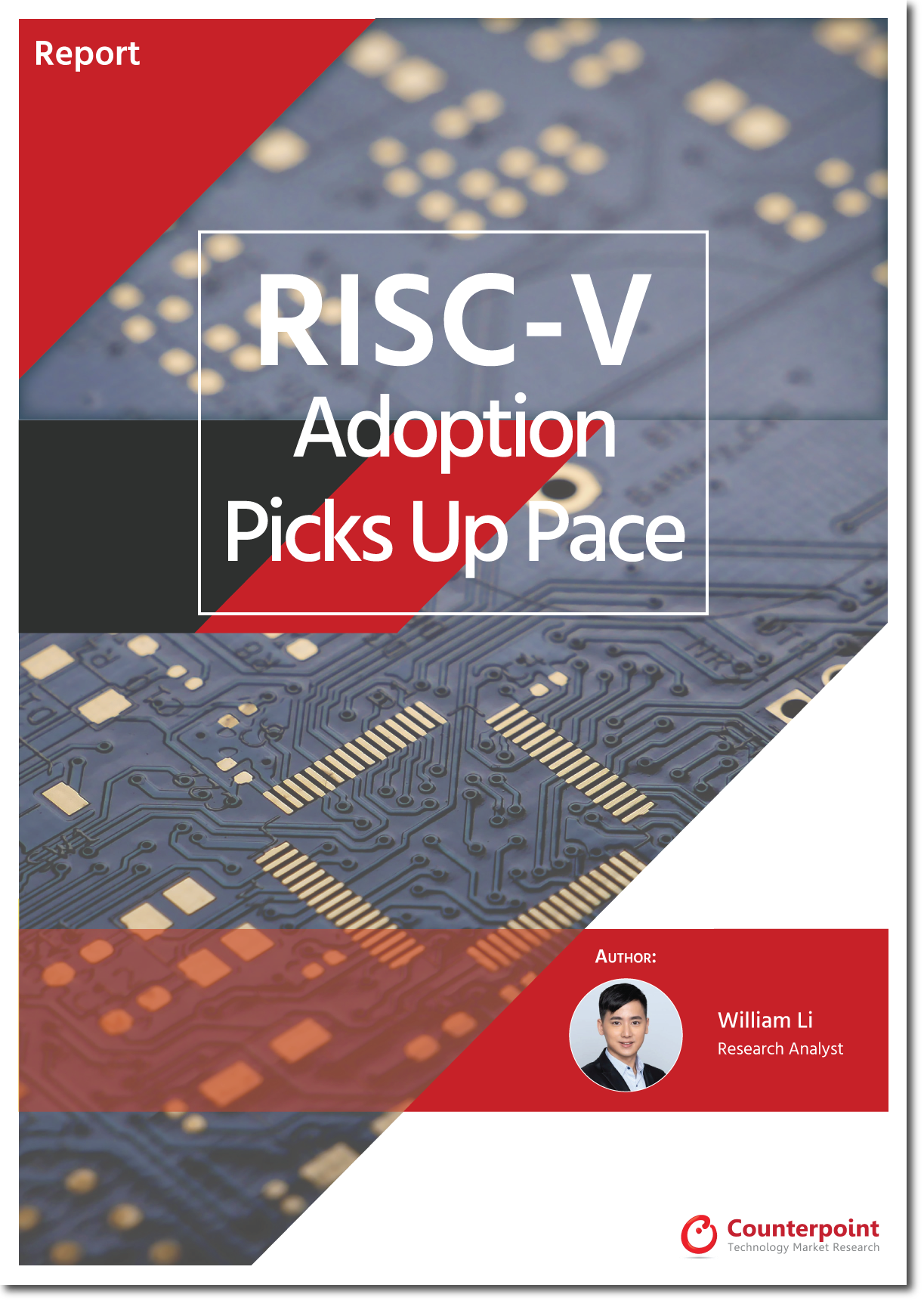All open RAN deployments to date have used COTS server hardware based on Intel’s FlexRAN architecture with or without hardware acceleration. While x86-based compute may be adequate for rural deployments with low processing requirements, it is not sufficient for urban, high-traffic deployments using mMIMO radios.
Intel’s FlexRAN architecture typically only offloads a small subset of a base station’s L1 functions – such as forward error correction – from the host processor to an external FPGA-based “look aside” accelerator. A high number of CPU cores are therefore required to support 5G Layer 1 and other data-centric processing tasks leading to high power consumption. Latency is also an issue.
As a result, the FlexRAN architecture cannot compete with the proprietary, integrated solutions available today from the incumbent vendors. Last year, a number of vendors announced that they were developing alternative merchant chip solutions based on ASICs, GPUs and even RISC-V architectures. Several of these vendors showcased their new designs at MWC this week.
Qualcomm’s X100 Accelerator
Qualcomm is showing its X100 5G RAN accelerator card and has announced a slew of partnerships. In contrast to Intel’s FlexRAN, the X100 in an “in-line” DSP-based PCIe accelerator card that offloads all latency-sensitive L1 processing, thus reducing the number of CPU cores required.
The X100 card will initially be offered in HPE’s ProLiant DL110 Gen10 Plus carrier-grade server. Qualcomm also announced a partnership with Rakuten, whereby the X100 will be used in Rakuten’s 64T/64R mMIMO radio units and DU units, to be deployed first in Rakuten’s network in Japan and then offered as part of Rakuten’s Symphony Symware portfolio. In addition, Qualcomm announced a partnership with Mavenir, where the X100 technology will be used in its 2ndgeneration mMIMO radios – possibly replacing Xilinx’s FPGAs? In Japan, Qualcomm already has partnerships with NTT DoCoMo and compatriot NEC, with the X100 being used in NEC’s DU unit, presumably using HPE’s servers.
Sampling of the X100 card is planned for mid-2022 with general availability expected in Q2 2023. Commercial products are expected to become available at the end of 2023.
Marvell’s Octeon-based Solutions
Marvell is showcasing its open RAN mMIMO RU and DU reference designs based on its Octeon Fusion processor, which integrates 5G in-line acceleration and ARM Neoverse CPUs. The Octeon processor is already widely deployed in traditional, integrated base stations and supports 5G DU processing with full O-RAN compliance. Marvell’s platform incorporates a range of 5G L1 hardware accelerators that offload all L1 processing from the host server to a Marvell Network Interface Card (NIC). Interestingly, the vendor’s Octeon processors can be customized and integrated with individual customers’ proprietary IP. Marvell claims that its designs result in a 15x reduction in power per base station compared to Intel’s FlexRAN.
Marvell has partnered with Dell and its Octeon-based open RAN DU solutions will be used in the server vendor’s PowerEdge and other x86-based servers. Solutions are set for global availability in late 2022.
Xilinx and Nvidia
Like Intel, Xilinx is in the FPGA camp and the vendor is demonstrating an open RAN 64T/64R mMIMO prototype running on a Keysight Technologies DU emulator. Xilinx launched a telco accelerator card some time ago and has an open RAN 5G vRAN demo at MWC complete with its telco accelerator card plus DU/CU units running on an AMD server. Nvidia announced its AI-on-5G platform last year and is working with Mavenir, Radisys and Wind River.
RISC-V Designs
Open-source based RISC-V may be an alternative architecture to x86 and ARM-based designs. Two companies developing open RAN RISC-V-based chips are EdgeQ and Picocom. EdgeQ is currently sampling its first products while small-cell chip vendor Picocom announced its first design win with Blinq Networks.
Viewpoint
It is becoming clear that a disruptive open RAN ecosystem needs merchant silicon solutions if it is to be able to compete against the proprietary RAN products optimised for performance, power and cost from the likes of Huawei, Ericsson and Nokia.
虽然早期,开放了商人ilicon market may already be developing into a two-horse race: with Qualcomm challenging industry leader Marvell. At this time, FPGA and GPU-based alternatives from Xilinx and Nvidia respectively seem to playing second fiddle, at least in terms of announcements.
Challenger Qualcomm has ambitions to become a major player in the macro base station market. A dominant small-cell chip vendor, it sees open RAN as an entry point into the main market. Unsurprisingly, Qualcomm is engaging mostly with emerging open RAN stalwarts such as Mavenir, Rakuten and vendor NEC, who itself sees open RAN as a key differentiator to increase its RAN market share globally.
Meanwhile Marvell is the undisputed leader in base station baseband processing supplying all the major mobile infrastructure vendors, with the exception of Huawei. With its Octeon processor it will be able to supply both proprietary vRAN and O-RAN applications using essentially the same processor design. At present, it looks as if it is 12 months ahead of Qualcomm in terms of product availability. Marvell claims it already has five design wins under its belt, including at least one incumbent vendor – probably Nokia or Samsung – and possibly one or two webscale clients.









